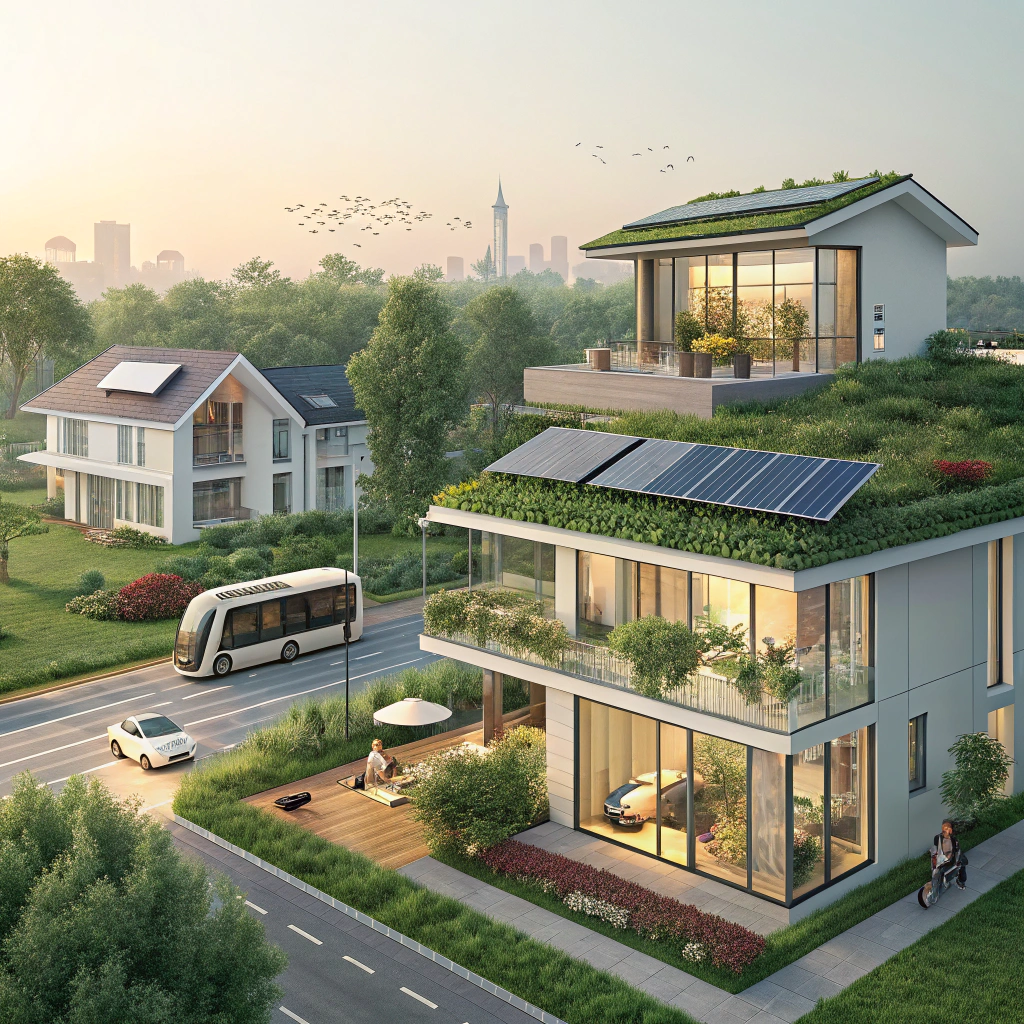Living Tomorrow: A Glimpse Into the Future of Home and Life
The world is changing at a pace we’ve never seen before. From artificial intelligence to climate change, from urban migration to remote work, our idea of “home” is evolving in real time. As we step into the next few decades, the concept of living will shift dramatically—becoming smarter, greener, and more connected than ever. But what exactly will that look like?
1. Smart Homes That Think for Themselves
The future home will be intelligent—not just in terms of gadgets but in how it anticipates and adapts to our needs. AI will no longer be limited to voice assistants. Imagine homes that adjust lighting based on your mood, regulate temperature by analyzing your schedule, and even detect early signs of illness through health-monitoring sensors embedded in your furniture.
The Internet of Things (IoT) will seamlessly connect every device, from your refrigerator to your shower, offering real-time feedback and optimization. Forget about flipping switches or setting alarms—your home will handle it for you.
2. Sustainable by Design
Environmental concerns will be central to the homes of tomorrow. Renewable energy sources like solar panels, wind turbines, and energy-efficient batteries will become standard. Homes will be constructed using sustainable, recycled, or even biodegradable materials.
Water recycling systems, green roofs, and vertical gardens will help cities combat pollution and climate challenges. Carbon-neutral living will no longer be a luxury—it will be the norm.
3. Flexible and Modular Spaces
The traditional floor plan is being challenged. With remote work, virtual education, and a growing gig economy, homes will need to serve multiple purposes. Think modular walls, foldable furniture, and augmented reality zones for immersive work or play.
Compact living will also rise—especially in urban centers—leading to the growth of smart micro-homes and shared community spaces that balance privacy with connectivity.
4. The Return to Community
While technology will be at the center of future living, a parallel movement will focus on reconnecting with community. Shared gardens, co-living arrangements, and local resource-sharing platforms will promote sustainability and mental well-being.
People will prioritize neighborhoods that offer a sense of belonging, green space, and social interaction—something many realized they missed during the isolation of past years.
5. Health-Centric Living
Post-pandemic consciousness has made health a key priority. Future homes will actively monitor air and water quality, reduce allergens, and include spaces designed for meditation, movement, and mental wellness.
Some homes might include hydroponic growing walls for fresh produce, or built-in exercise areas tailored to personal health data tracked by wearable devices.
6. Urban vs. Rural Reimagined
As digital connectivity improves, people are no longer tied to cities for work. Rural living will get a modern upgrade—with high-speed internet, smart agriculture, and remote healthcare access—making countryside living more viable and attractive.
Cities, meanwhile, will grow vertically rather than horizontally, with futuristic skyscrapers hosting not just offices, but entire communities—complete with schools, markets, and parks inside the building itself.
Conclusion: A New Way of Life
The future of living is not just about cool gadgets or sleek designs—it’s about rethinking how we interact with the spaces we inhabit and the planet we live on. It will be about personalization, sustainability, and community.
As we look ahead, one thing is certain: the homes and lifestyles of tomorrow will reflect not just our technological progress, but our values, our challenges, and our dreams.
Living tomorrow starts today.
